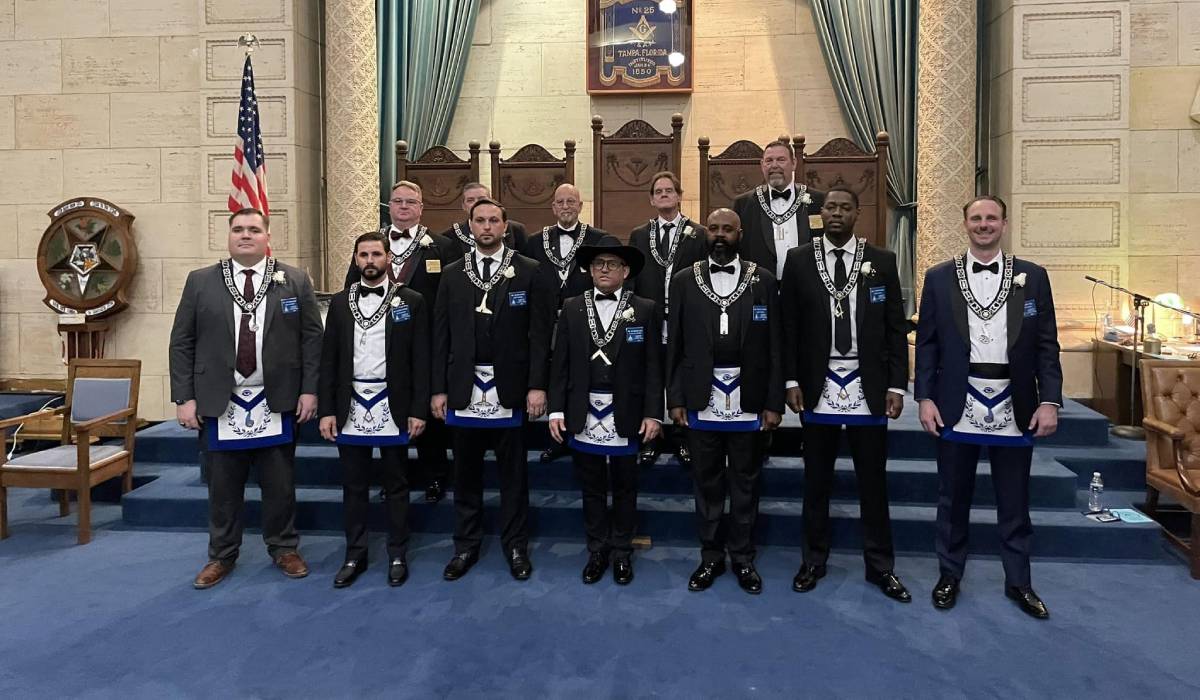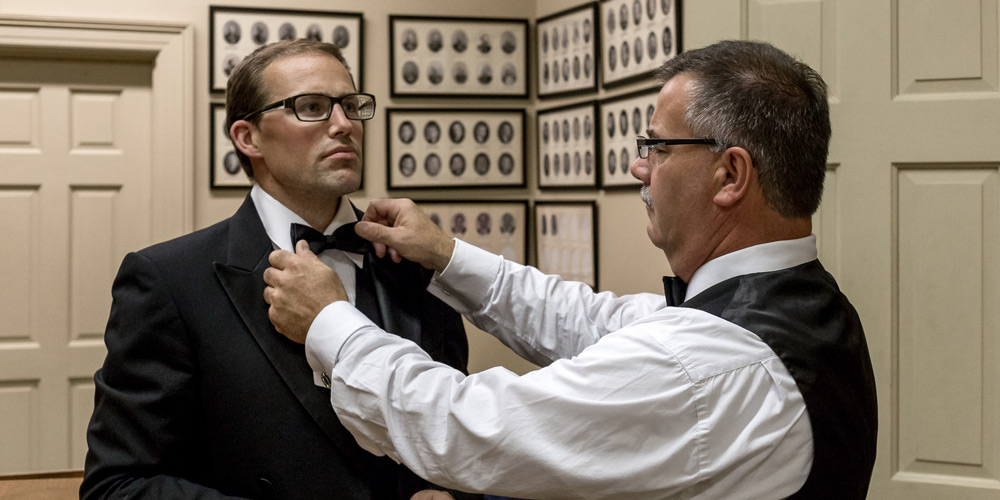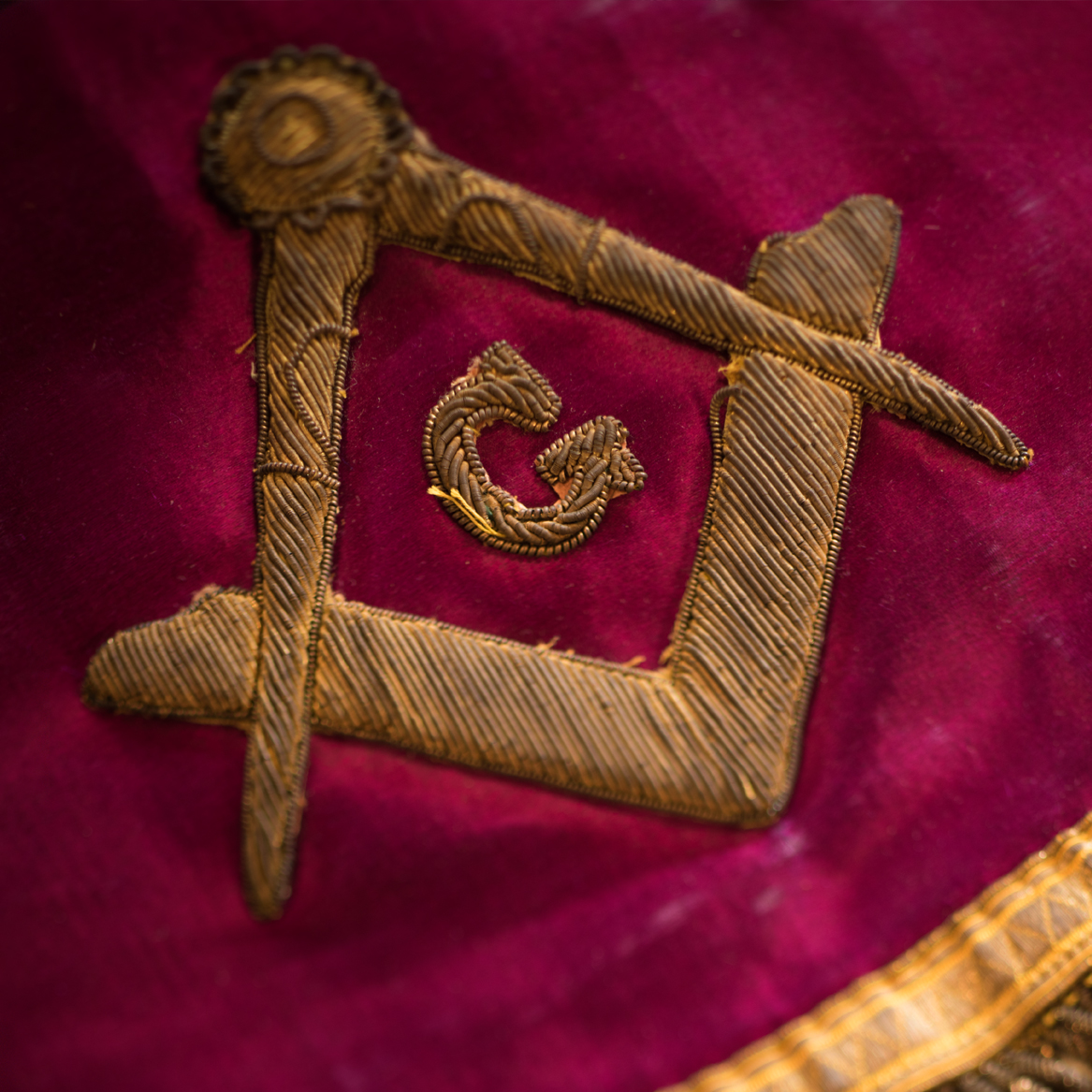Practical Advice on How to Successfully Join Freemason in Your Region
Practical Advice on How to Successfully Join Freemason in Your Region
Blog Article
Discovering the Mysteries of the copyright: What You Need to Know
The copyright, a term frequently shrouded in intrigue and debate, stands for a complex tapestry of historic fact and modern misconception. Developed in the late 18th century, this secret society was at first rooted in the Knowledge's perfects however has actually because come to be associated with conspiracy theories regarding elite control.
Beginnings of the copyright
The beginnings of the copyright are soaked in a mix of historical intrigue and ideological fervor. Established in 1776 in Ingolstadt, Bavaria, by Adam Weishaupt, the group was originally developed as a secret society targeted at promoting Knowledge ideals such as factor, secularism, and the splitting up of church and state. join freemason. Weishaupt, a professor of canon regulation, sought to test the dominating authority of the church and state, which he deemed oppressive establishments stifling intellectual and individual flexibility
The copyright looked for to hire prominent participants from various societal sectors, consisting of national politics, academic community, and the arts, to promote a network committed to these Knowledge principles. The society operated under a veil of privacy, utilizing coded language and routines to shield its participants from mistreatment, particularly given the repressive environment of the moment. The copyright dealt with substantial opposition from both governmental authorities and religious establishments, which watched the team as a threat to their power.
Secret Numbers and Participants
Who were the crucial numbers that shaped the copyright's early impact and direction? The Bavarian copyright, started in 1776 by Adam Weishaupt, became a feedback to the oppressive societal frameworks of the moment. Weishaupt, a law professor, visualized the company as a method to advertise Knowledge suitables such as reason, secularism, and equality. His initial recruitment efforts included significant intellectuals, such as Baron von Knigge, who played a critical role in broadening the team's membership and business structure.
Another considerable number was Johann Gottlieb Fichte, a noticeable philosopher whose ideas on nationalism and education and learning reverberated with the copyright's objectives. Although Fichte was not a formal member, his philosophical bases affected the team's ideology. In addition, numbers like the writer and philosopher Johann Wolfgang von Goethe were related to the more comprehensive intellectual activities of the moment, although their direct involvement with the copyright remains discussed.
These crucial figures contributed to the copyright's early direction, pushing the boundaries of political and social thought, while their collective efforts intended to test well-known standards and cultivate an environment of modern modification in Europe. (join freemason)
Myths vs. Reality
Numerous mistaken beliefs border the copyright, commonly blending fact with fiction in a manner that covers its real nature. This secret society, originally established in 1776 in Bavaria, intended to promote Enlightenment ideals and fight spiritual and political injustice. The notion that the copyright proceeds to put in considerable influence over globe events is a myth. While the team did exist, it was disbanded in the late 18th century and has not run as a cohesive entity ever since.
One more prevalent misconception is that the copyright comprises a network of elite people manipulating international affairs. Actually, numerous conspiracy theory concepts overemphasize the group's value, associating misguided intentions to social trends and occasions. This has caused an oversimplified sight of complicated concerns.
Additionally, the representation of the copyright in pop culture commonly further misshapes its tradition. Movies and literature have a tendency to sensationalize the company's duty, producing a story that deviates from historical facts. Understanding the difference in between the myths and the reality of the copyright is critical for discerning the genuine impact of this historical team and recognizing the wider effects of conspiracy theories in contemporary society.

Modern Interpretations
Contemporary interpretations of the copyright commonly mirror broader societal anxieties and a fascination with secrecy and power. This contemporary lens often connects the copyright with conspiracy theory concepts that recommend a surprise elite coordinates globe occasions, adjusting federal governments and economies for their very own gain. Such stories take advantage of a deep-rooted distrust of authority, particularly in times of situation or social turmoil.
In pop culture, the copyright is usually depicted as a divine company shrouded in secret, causing a myriad of imaginary representations in literature, film, and songs. This representation serves not only to entertain but additionally my company to prompt thought of the nature of power and control in contemporary society. Social media site has actually additionally magnified these interpretations, allowing for quick circulation of conspiracy concepts and producing communities that share and increase upon these ideas.
Moreover, some modern-day interpretations mount the copyright as an allegory for the complexities of globalization and the interconnectedness of significant individuals and organizations. This perspective motivates a vital exam of how power characteristics run in today's globe, visit our website highlighting the equilibrium between transparency and secrecy in administration and corporate methods.
Cultural Influence and Legacy
Influenced by centuries of intrigue, the cultural influence and heritage of the copyright expand far beyond its historical origins. This secret society, established in the late 18th century, has actually penetrated numerous aspects of pop culture, from literature and movie to music and art. join freemason. The principle of the copyright has actually advanced right into an icon of conspiracy theories, commonly representing a regarded hidden power controling global events
In literary works, writers like Dan Brown have actually woven the copyright right into detailed stories, exciting viewers with motifs of privacy and power. Movies such as "National Prize" and "The Da Vinci Code" better bolster the attraction of the culture, mixing reality with fiction to produce appealing narratives.

Eventually, the copyright's tradition is a complex tapestry of myth and fact, shaping assumptions of privacy and control in contemporary discussion. Its long-lasting existence in culture emphasizes humankind's perennial pursuit for comprehending hidden facts.

Verdict
The exploration of the copyright reveals an intricate interplay in between historical realities and modern myth-making. Started in the Enlightenment era, this society intended to challenge overbearing structures, yet its heritage has been outweighed by conspiracy concepts that suggest elite control. Recognizing the distinctions in between the original suitables and modern interpretations is crucial for comprehending the sustaining fascination with the copyright and its considerable impact on cultural narratives bordering power and secrecy in society.
Report this page